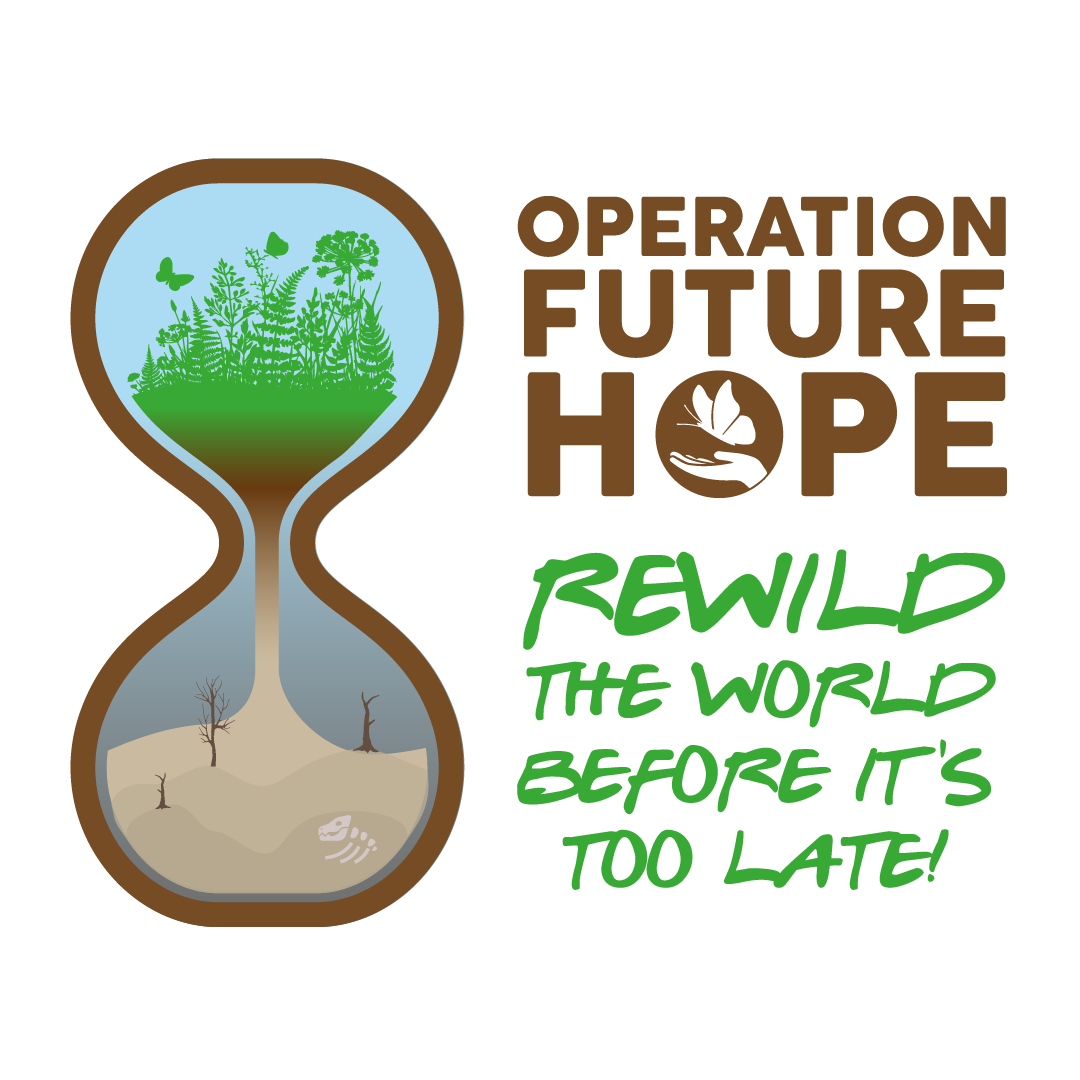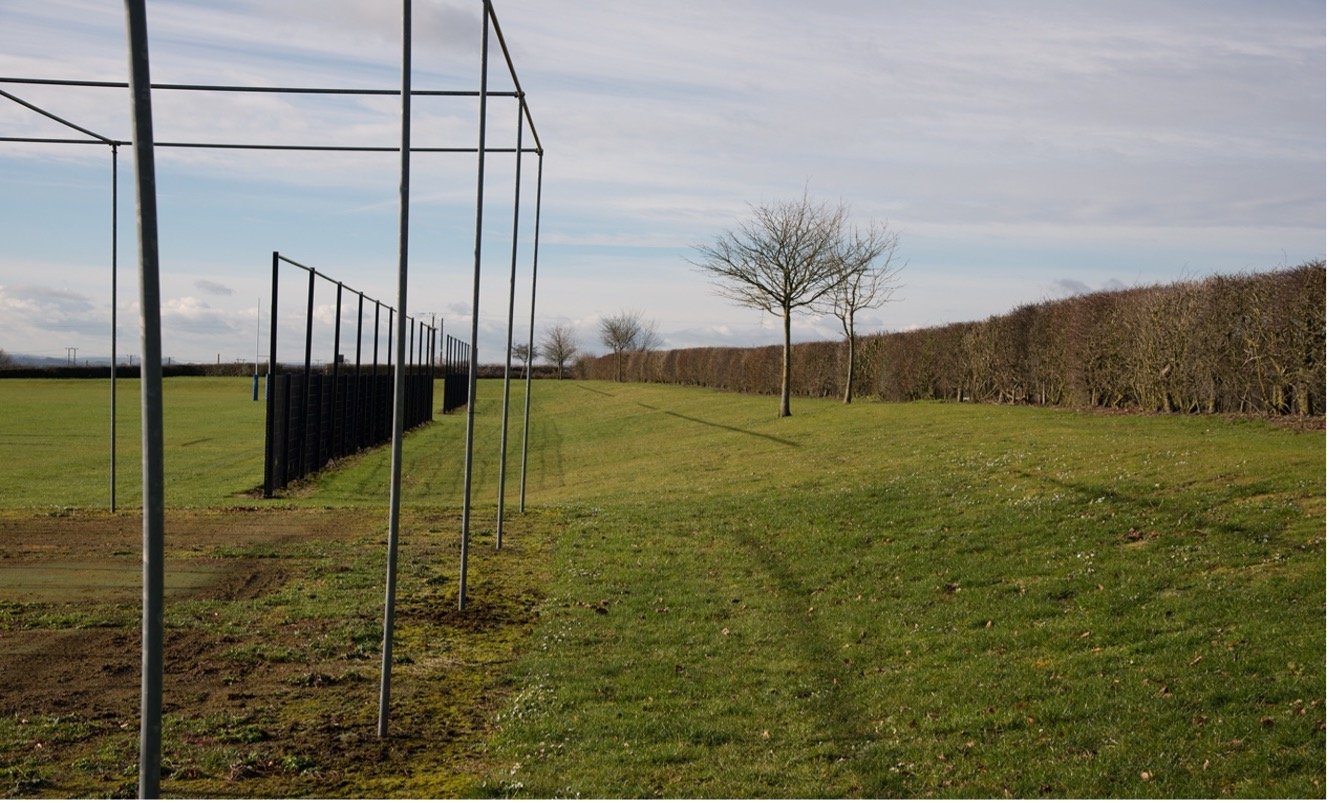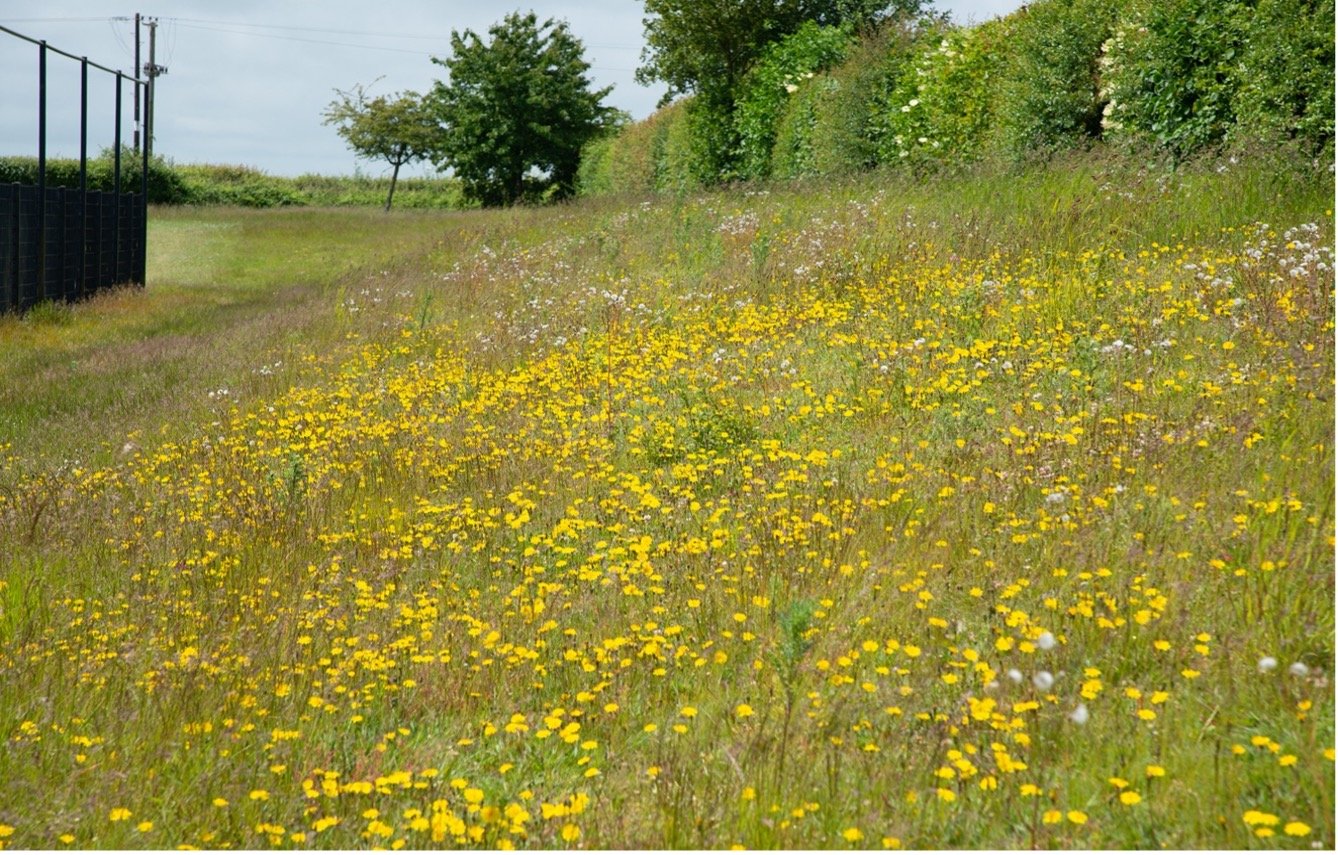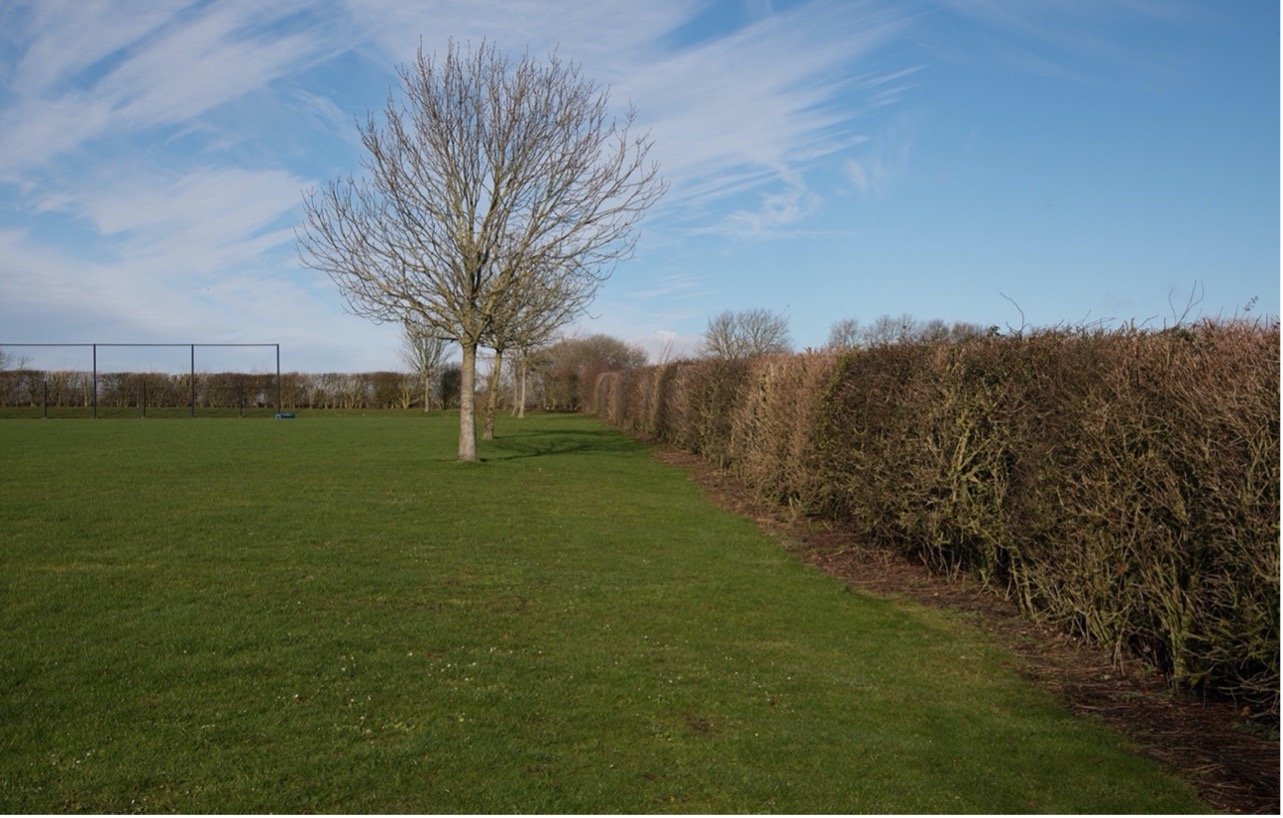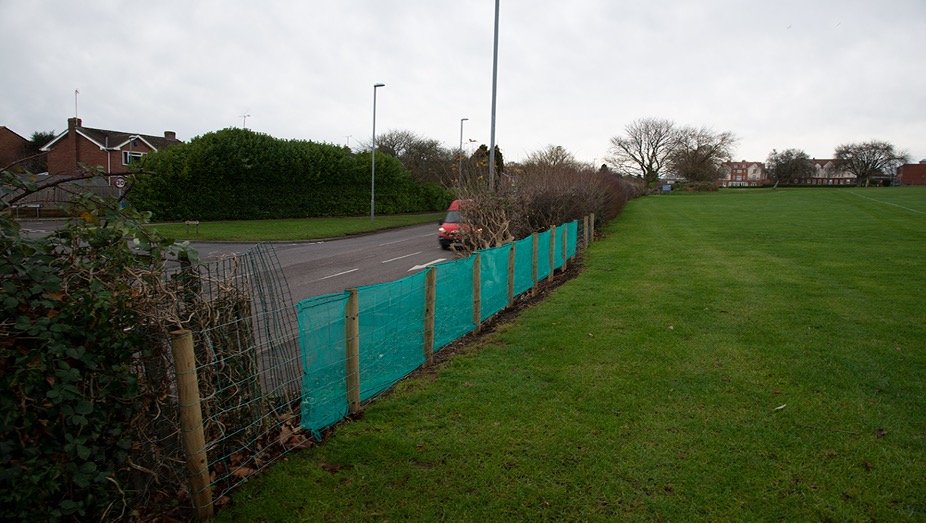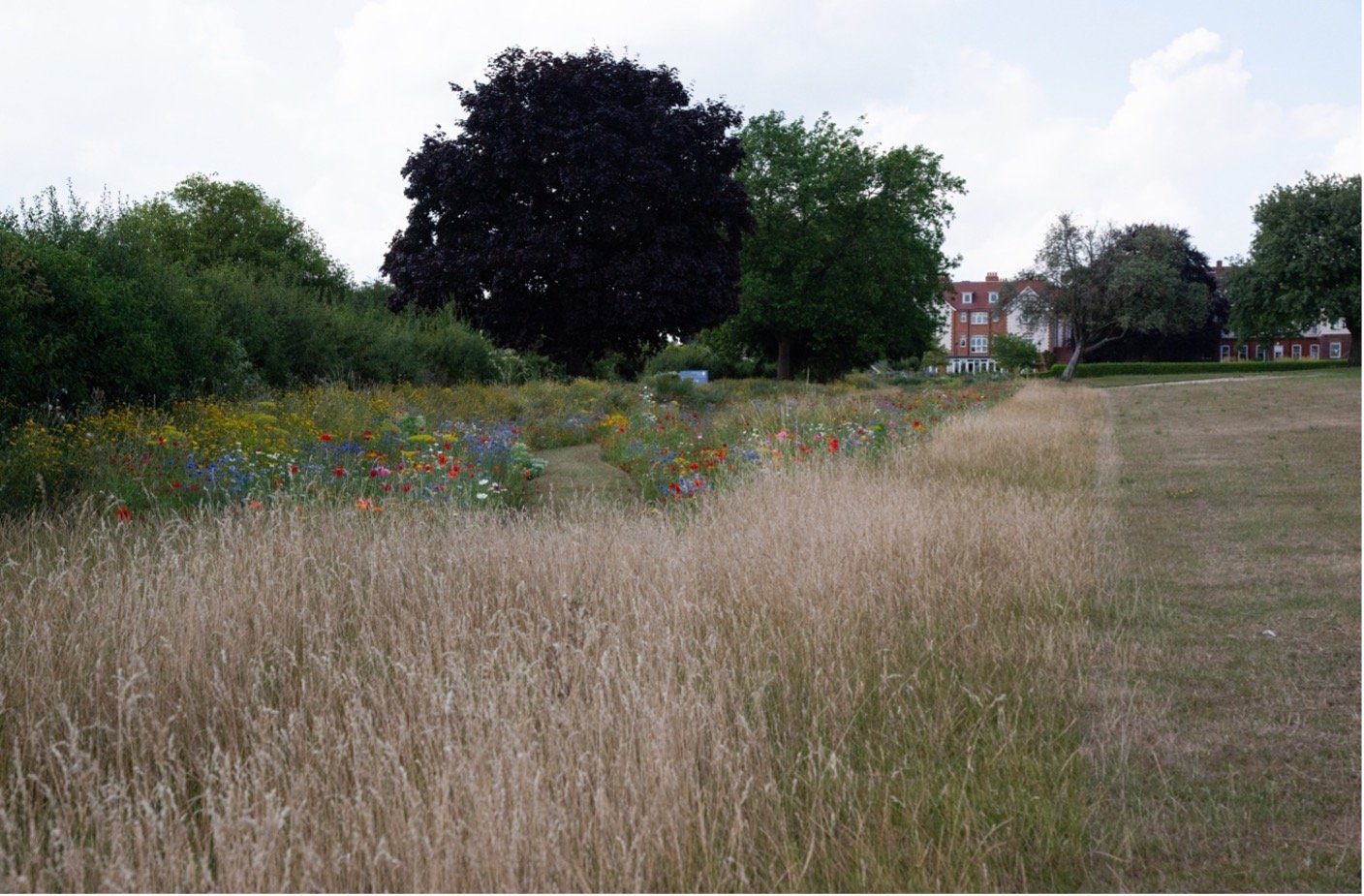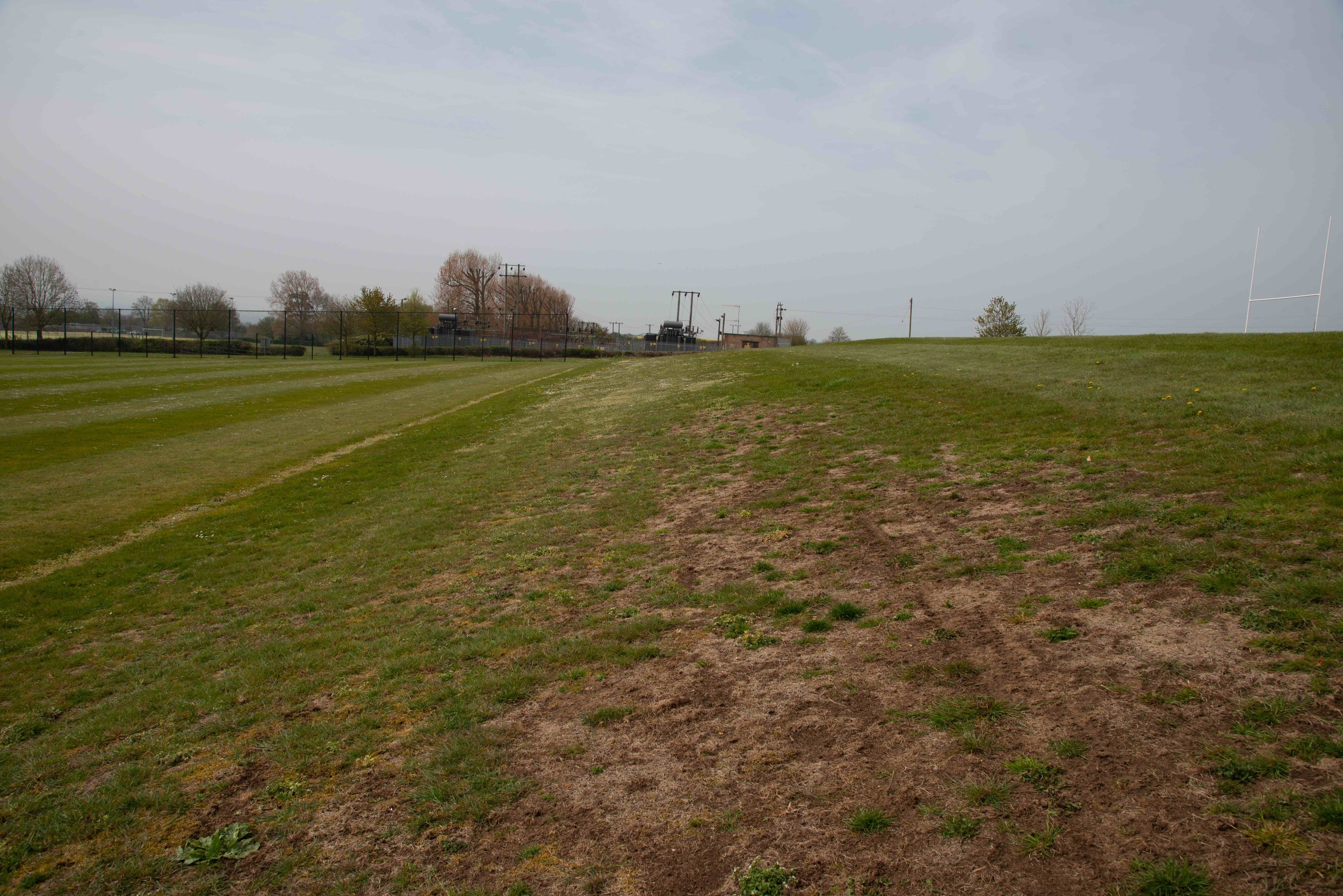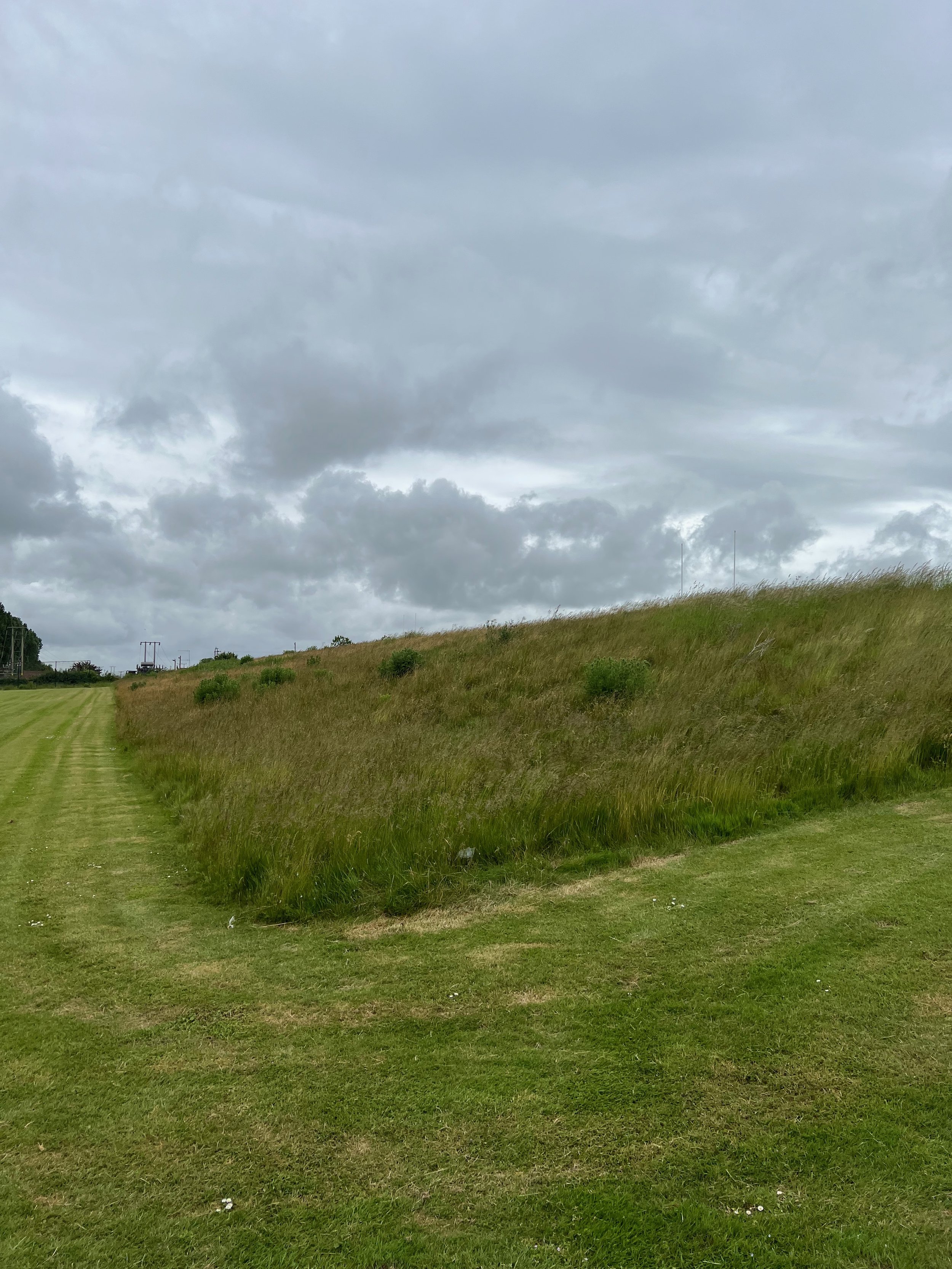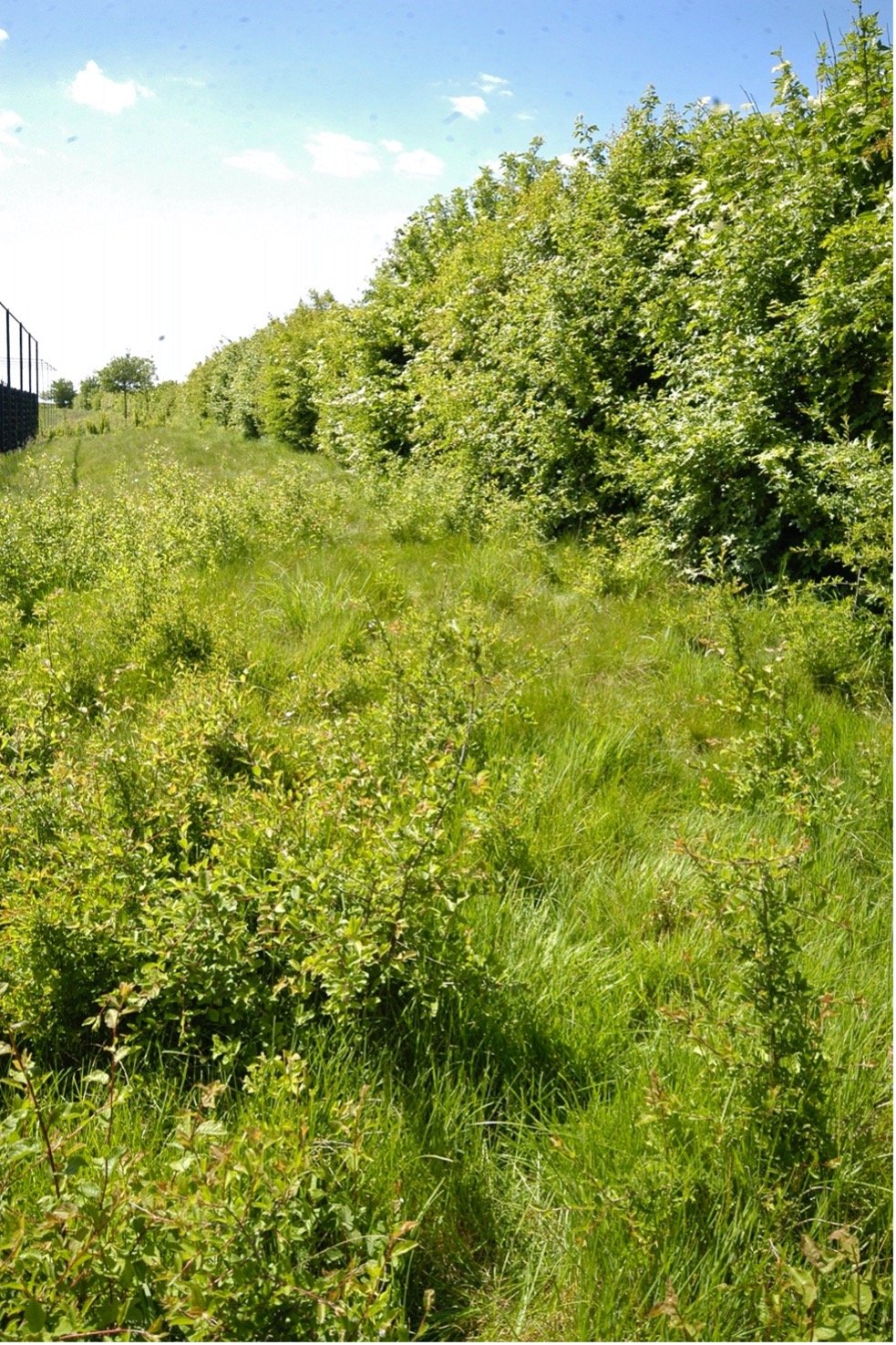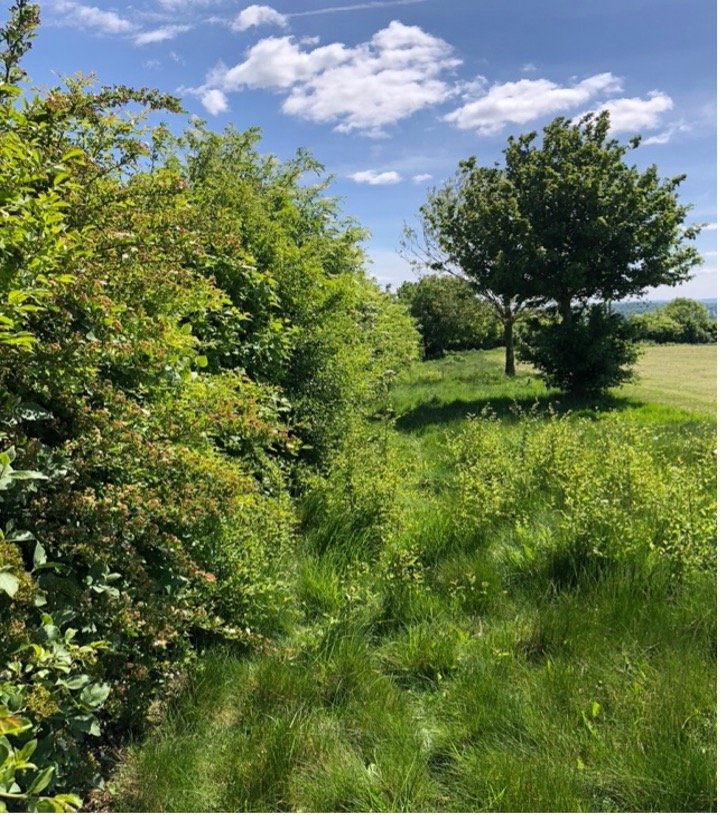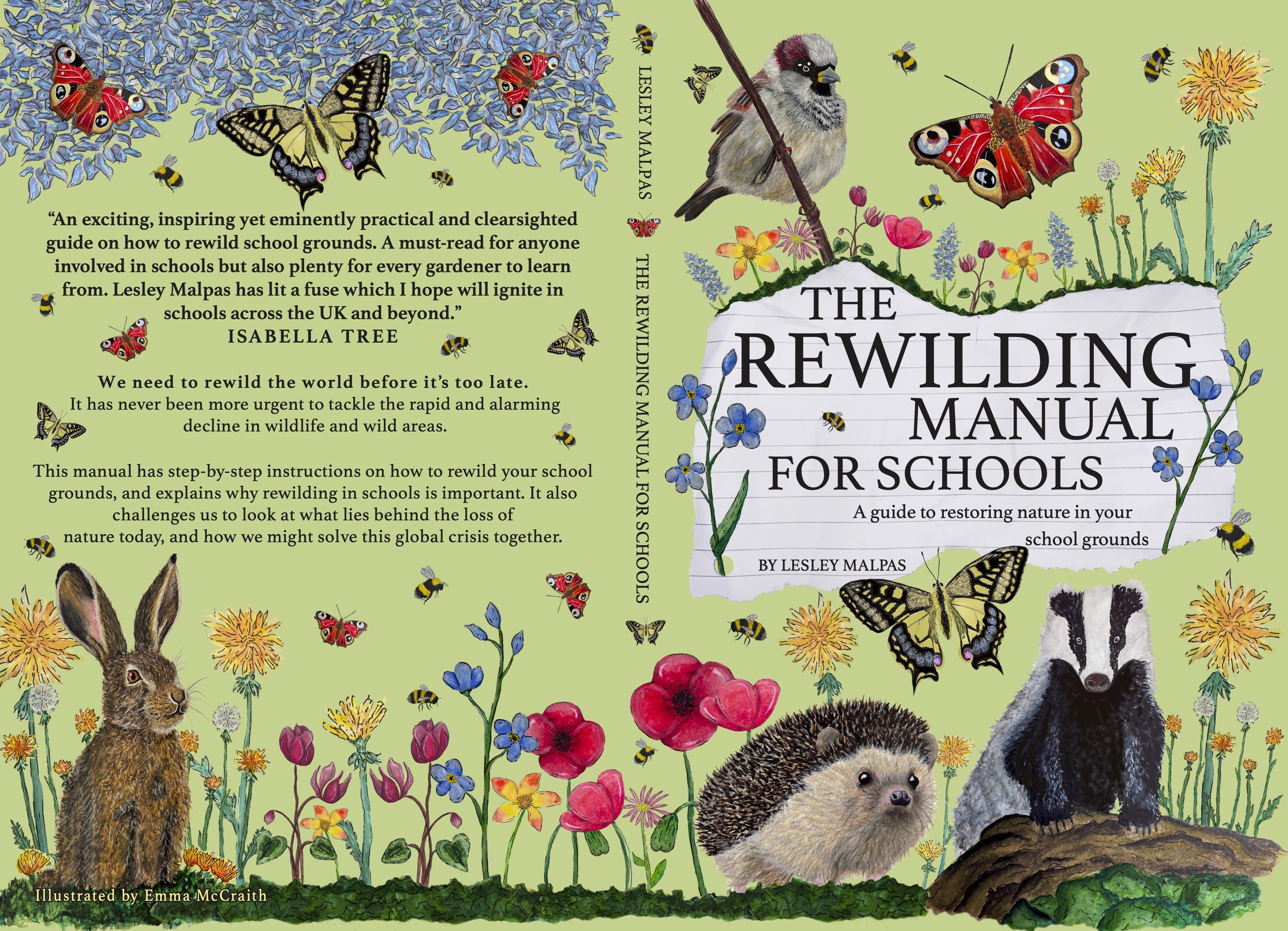Our journey so far…
Our journey so far…
Figure 1. Rescuing a Sumatran Orangutang from a burning rainforest being cleared to create yet another palm oil plantation, image by Paul Hilton.
FACTS. There are now only an estimated 14,000 Sumatran orangutang left in the wild, just enough to fit behind the goal in a football stadium! With the current rate of habitat loss they are set to become extinct, by our hand, within the next 10 years.
The Sumatran Orangutang is just one of millions of species we are driving to extinction through our modern, consumerist, industrial culture and our addiction to infinite growth.
We must empower the next generation to become guardians of the natural world, to do this we have to change what and how we teach about nature within our schools, and provide young people with up to date, relevant, real education that is going to inspire and equip them to become stewards of the Earth.
“The urgency is even greater when we consider that humans, through technological cunning, have now for the first time attained the power of life and death over the planet…” Thomas Berry.
From small beginnings.
I started Operation Future Hope in 2018, with the purpose of informing young people about the devastating decline of wildlife globally and within the UK. My purpose then, as now, was to light a fire in children’s hearts and minds for nature, to rekindle a deep connection, an empathy for the more than human world - for those other species, our kith and our kin, from whom we have become so estranged.
And so I began this mission by speaking in schools, and I witnessed a genuine desire from children to take action and be a force for change. But what would happen when the talk was over, when the pressures of a busy schedule and school life returned? Who would tend the fire and keep it burning when I was gone?
I wrestled with this question until later that year the solution came in the form of Isabella Tree’s book, ‘Wilding’. As I read about the recovery of nature on the Knepp Estate through rewilding, the lightbulb moment came. If restoration at this scale could happen at Knepp, why not in a smaller way within school grounds? I could see that this was the way for genuine cultural change to take place within a school - education combined with practical land restoration. And so, I created what was then called the Conservation School Award, which has now evolved into the Rewilding Schools Programme - an initiative that involves educating young people about the planetary rules that govern all life on Earth, the state of nature, and how to rewild school grounds at landscape scale.
Thanks to the vision and support of headmistress Dr. Ruth Sulivan, Sherborne Girls School became the first school to sign up to the scheme, and in December 2018 rewilding began. This involved creating a 5 year rewilding plan for the school site, and helping ground staff and gardeners transition away from intensive management and towards regenerative practice.
Sherborne Girls sponsored the Gryphon School to join the initiative, and following a meeting with Dr. Dominic Luckett, the headmaster of Sherborne School, the boys school came on board in early 2019 and promptly sponsored King Arthur’s school in Wincanton to join up. And so the dream was alive. Schools were converting barren landscapes into nature rich habitat and the wildlife was moving back in!
Figure 2. Intensive management of hedgerows and herbicide treatment seen here as the brown dead areas around trees and at the base of the hedges.
Thanks to the ongoing sponsorship of Sherborne Girls and Sherborne School, the initiative continued to grow across Dorset, Somerset and Wiltshire, with more independent schools sponsoring state schools, and by the time of the first lockdown in 2020, 18 schools were engaged in the Rewilding Schools programme.
Figure 3. Herbicide treatment along path edges. A standard practice.
The state of our schools.
So, what did we find as we set about surveying school grounds? Without exception, across all school sites, a ‘traditional’ form of grounds maintenance was the norm. This involved keeping all areas tightly mown, hedges routinely cut back hard each year, and chemical herbicide treatment of paths and edges. In addition to this, most schools sprayed off the base of all hedgerows and trees, creating a dead zone, see Figures 2. & 3. More chemicals were then added to sports fields to kill off species such as dandelions and daisies, with an additional chemical cocktail to limit the speed of grass growth!
In schools where external contractors were employed to manage the grounds, it was literally a case of the more you can cut, chop and spray, the more you can charge. And this, I am sad to say, is standard practice, even within those schools whose local councils are managing the land.
Needless to say, when surveying grounds at the start of the rewilding process, it was hard to even find a blackbird or a robin within some schools - the landscape nothing but a monoculture wasteland. And yet, it is against this backdrop that we expect to see young people caring for nature!
Restoration.
Rewilding school grounds starts by restoring the plant communities, and with this comes the rapid return of wildlife. Now it is common to see starlings foraging through the long grass margins around sports pitches, to see finches picking off the seed heads of wildflowers, and flocks of sparrows harvesting bountiful hedgerows. Most schools seem to attract kestrel, regularly seen hawking over rough grassland and banks.
It is common to see a throng of solitary, honey, and bumble bees, butterflies, moths, hoverflies and other invertebrates. And then there is the return of the small mammals, voles and shrews. We have seen amphibians and reptiles come home, and evidence of hares, badgers, and fox passing through. Below are some images showing the land prior and after rewilding at The Gryphon School and Sherborne Girls School. Under previous management, the close cut mown monoculture grasslands would have remained the same all year. With the exception of the meadow area at Sherborne Girls school (2nd photo middle row), everything else is completely natural regeneration.
What about the costs?
Rewilding in schools costs absolutely nothing! It actually saves money that would otherwise be lost on unnecessary grounds maintenance. Furthermore, rewilding locks up carbon in the restored grasslands, new woodland and hedgerow plantations. Rewilding also reduces emissions from machinery and mowers, and stops the chemical load and pollutants on the land. Most importantly, it sets an example for our young people of how to live in harmony with nature. It proves we can have functionality of school sports pitches and public areas, whilst supporting nature at the same time. Even at a subconscious level, children attending a school with wilder grounds have a different lens through which to see the land and the wider community of life.
Change.
The period of lockdown from 2020 to 2021 created the opportunity for a rethink as to how we could develop and deliver the educational element to students, and open up a way for young people themselves to become the drivers of the rewilding process in their schools. It was clear that we needed an online education platform that could provide ongoing learning, something that any future lockdowns or disruptions could not impact. The creation of the OFH online Rewilding Education Centre and the Nature and Rewilding Apprenticeship Course began.
For the last eighteen months we have been compiling all the learning from the past five and a half years of rewilding in schools, gathering the latest scientific data and understanding on planetary boundaries and the state of nature, and merging this with research into the current cultural myth that underpins our modern industrial consumerist culture. Study has more recently turned to the indigenous wisdom traditions, developing an appreciation for their animistic understanding of our world and their relationship with nature.
The knowledge of first nation peoples is no longer viewed as primitive by academics, on the contrary, it is clear from the research of scientists such as Professor James Lovelock, the teachings of great thinkers such as Thomas Berry, and countless others, that the Earth is alive, sentient, as are all beings of nature. I firmly believe that if we are to have a chance of taking sufficient meaningful action, in the small window of opportunity that remains, that we must fall back into wonder and awe of nature. Accepting that the Earth is alive, and that we belong to a community of subjects, is central to this.
The next steps
My vision now is to further develop our online education centre to enable every school, every teacher, every young person - and their families, to have free access to planetary and ecological knowledge, through on demand courses and direct teaching from leading scientists and academics.
The Rewilding Manual for Schools also offers further insights into the bigger issues that lie behind the destruction of nature, gives ideas on how we might create a new regenerative story for humanity, and contains instructions for simple nature based spiritual practices that can help restore our connection to nature and the more than human world - information that needs to be placed at the heart of the curriculum If we are to have a chance of transitioning into a regenerative human presence on the planet before it’s too late.
A call to action.
Please join with us, work with us, support and help us get this knowledge into every school, to every child, and through them into every home. There is still a small window of time left open to us, we still have an opportunity to avoid ‘hothouse Earth’ and ecological collapse - we still have a chance to create a secure future for our children and the generations of all species yet to come. But we cannot delay, we must act now!
Lesley Malpas
Founder & CEO, OFH.
